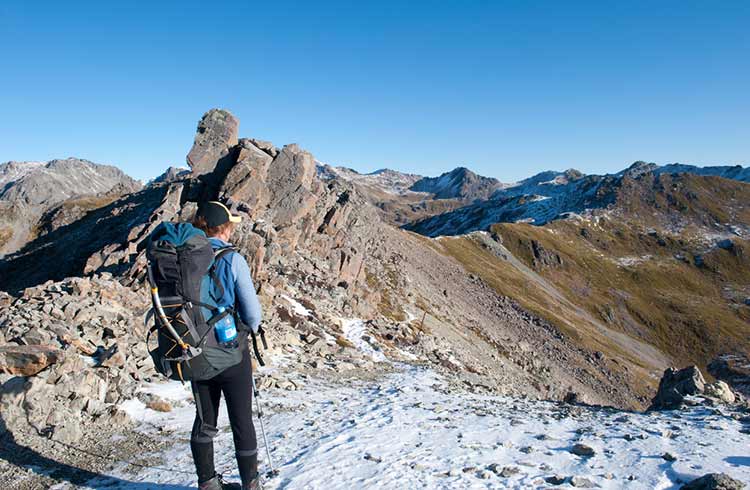Photographing NZ's Milford Track: Camera Tips and Tricks
It can be impossible to resist capturing the natural wonders on one of the world's most beautiful walks, but carrying all that equipment can make it a chore.
 Photo © Claire K
Photo © Claire K
New Zealand’s Milford Track is undoubtedly one of the most beautiful walks in the world, passing through lush forests, past overflowing waterfalls and over the impressive Mackinnon Pass. Free of snakes, nasty spiders and man-eating mammals, hikers are nevertheless warned about the perils of the track: namely enormous quantities of rain and incredibly persistent – and pesky – sandflies.
For enthusiastic photographers, however, the sandflies are as nothing when compared to the discomfort of lugging countless kilos of camera equipment on seemingly never-ending hikes. Although the Milford Track is a relatively comfortable alternative – even when undertaking it independently, huts make tents an unnecessary burden – every photographer must still (quite literally) weigh up the pros and cons of each piece of equipment.
Personally, I would rather endure the sore shoulders and tired legs of carrying too much gear than find myself in need of something I decided to leave behind. Having said that, there is, of course, such a thing as too much gear – there’s no need to exhaust yourself two days into a five-day walk with equipment that is unlikely to come to use. So how much is too much?
First, let’s deal with a common assertion: that the camera doesn’t make the photographer, and that an iPhone (or equivalent) is good enough. While it is true that a good camera is no guarantee for taking good pictures, it is equally true that, given the same photographer and circumstances, the proper equipment will inevitably produce better results. The quality of your gear does matter, even though it is, of course, possible to take wonderful snaps even with a point and shoot.
Provided that you are serious enough about your photography to bring a decent DSLR, you should also bring a high-quality tripod. For landscapes in particular, a good tripod is not something you want to do without – I use a TV-34L from Really Right Stuff that, together with a BH-55 ball-head, comes in at just under 3kg. That extra 3kg isn’t much fun when hiking up mountains, but it’s far more painful to come across a beautiful waterfall and realize that, without a tripod and filters, you can’t do it justice through your lens.
Rain might be a nuisance for photographers, and sandflies are terribly annoying when standing still in wait for that perfect Kodak moment. The real danger of the Fiordlands, however, is rather prettier than a sandfly. The Kea, brilliantly green and orange, is the world’s only alpine parrot. It is large enough to attack sheep and goats, but more worrying for hikers and photographers, it is very, very clever. They can open windows and doors, unzip backpacks, and they love to chew up hiking boots. A camera, one might suspect, would make an excellent snack for a hungry Kea, and they do work in teams to distract you. So if you decide to go on this fabulous hike, have a good look around before you put down your camera. And bring a strong friend to help you carry some of your gear.
About the Author
Marcus Westberg is an award-winning photographer and a regular contributor to Africa Geographic, NationalGeographic.com, Vagabond and Huffington Post. View more of his work on his website and on Facebook.
Related articles
Simple and flexible travel insurance
You can buy at home or while traveling, and claim online from anywhere in the world. With 150+ adventure activities covered and 24/7 emergency assistance.
Get a quote

No Comments